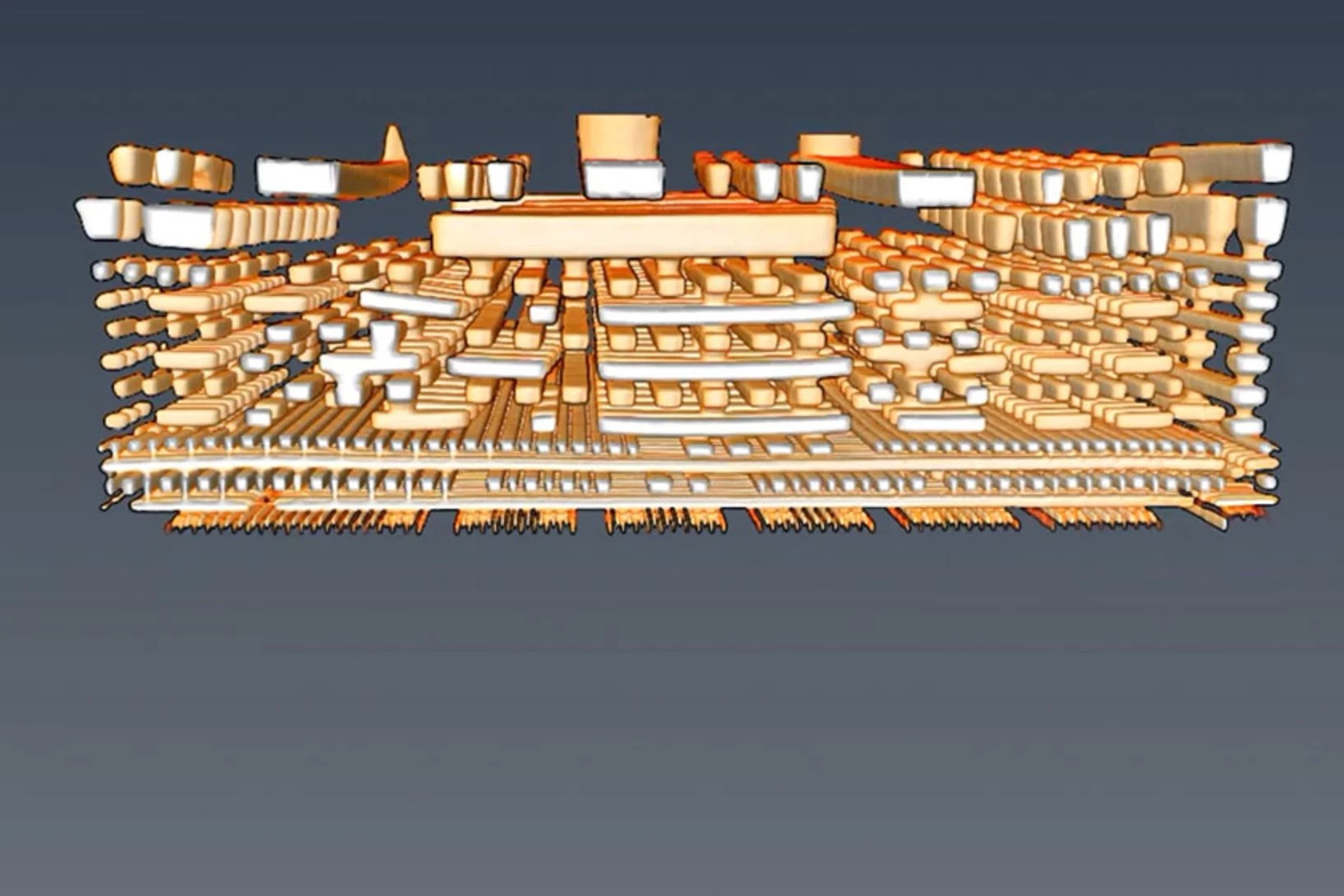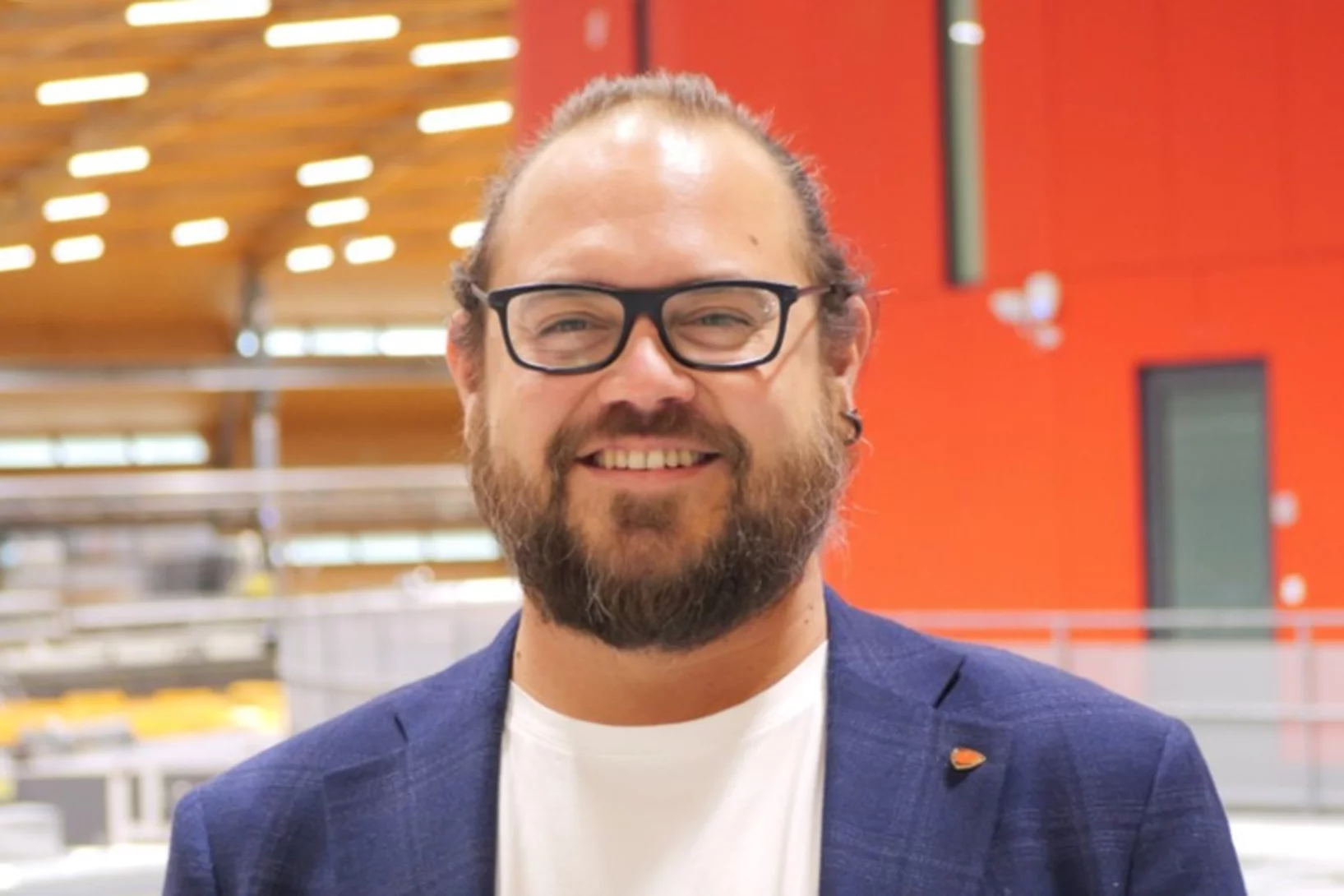
For decades computer algorithms have been used to improve imaging, for example for improving contrast or extracting relevant quantitative information. However, some imaging modalities, such as lensless coherent imaging and tomography, rely heavily on the processing of the data in order to have any readable image.
Computations and algorithms are increasingly an integral part of imaging, and more recently machines even assist in the design and in the execution of experiments. The Computational X-ray Imaging (CXI) group focuses on the development of novel image acquisition methods and advanced reconstruction techniques, in particularly those leveraging unique properties of coherent X-ray sources, such as synchrotrons and free-electron lasers. Such work can range from improved or faster phase-retrieval algorithms; methods to solve for and account for experimental uncertainties; design methods for efficient acquisition of hyperdimensional imaging (3D + spectrum or time); to the extension of tomography into vectorial or tensorial reconstructions.
To maximize the impact of these developments we work closely with beamline scientists, as well as domain scientists in for example of biology, and energy-storage and -conversion. While we currently apply these methods primarily for X-ray imaging, many of these developments find applications in optical wavelengths and electrons, and we welcome collaborations in those fields too.
The CXI group is closely linked to the Institute of Physics (IPHYS), EPFL and is jointly supported by PSI and the EPFL Chair of Mathematics and Physics of Imaging (EPFL Computational X-ray Imaging Laboratory website).
Available positions and projects
PhD student position on ptychographic laminography for imaging brain tissues
Recent highlights and news
Mapping the Nanoscale Architecture of Functional Materials
A new X-ray technique reveals the 3D orientation of ordered material structures at the nanoscale, allowing new insights into material functionality.
New X-ray world record: Looking inside a microchip with 4 nanometre precision
Researchers at PSI have succeeded in imaging the spatial structure of a computer chip with a record resolution of 4 nanometres using X-rays.
Manuel Guizar-Sicairos appointed as Associate Professor at EPF Lausanne and head of the Computational X-ray Imaging group at PSI
Dr. Manuel Guizar-Sicairos, currently Senior Scientist at PSI, was appointed as Associate Professor of Physics in EPF Lausanne and head of the Computational X-ray Imaging group in PSI.


